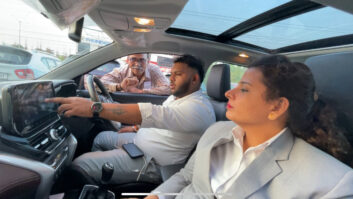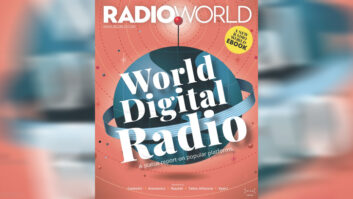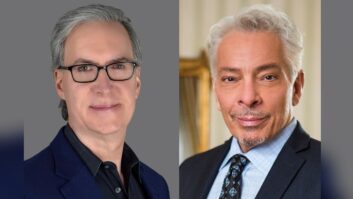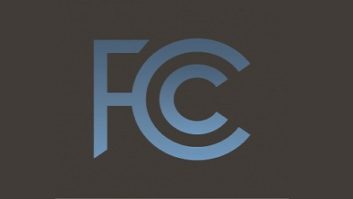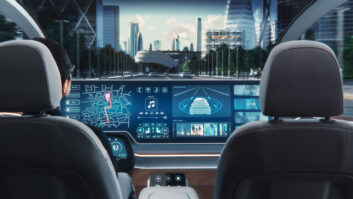The author is senior project manager for radio at the European Broadcasting Union’s Technology & Innovation. This commentary appears in the Radio World ebook “World Digital Radio.” Comment on this or any article. Email radioworld@futurenet.com.
For me, it is hard to believe that Europe’s first — and so far only — digital switchover or DSO happened way back in 2017, the same year I joined the EBU. This was, of course, Norway, which had embarked on the journey in 2009. It seemed like an important moment in the evolution of digital radio.
The predications made at the time largely came to pass: an initial dip in listening followed by a recovery. Recent figures show that not only are commercial revenues up slightly compared to before DSO, but that both reach and listening are gradually increasing, against a backdrop of gradual decline as a whole across Europe.
Of course, this cannot be solely attributed to DSO, and it has been widely noted that the increased offering has the ability to pull back younger audiences to live broadcast radio, at least in some countries.
In Switzerland, where the EBU has its headquarters, there has long been a good choice of stations to listen to. Importantly, in a country where four national languages are spoken along with significant minorities of English, Portugues and Albanian speakers, a range of stations cater to different cultures and communities. A move to digital broadcast radio has allowed a space for stations broadcasting in all these languages — both from public and private broadcasters — that would arguably not be possible within the more constrained FM spectrum.
A similar flourishing can be seen elsewhere, particularly in the U.K., where the “small-scale DAB” initiative pioneered by the regulator OFCOM has added a rich new layer of local and community voices to the digital airwaves.
Again, none of this is as a result of the means of distribution, which is purely there to transport content to its audience. However, without a platform that can accommodate such a range of services, able to serve local, regional and national, it would be hard to imagine the same variety.
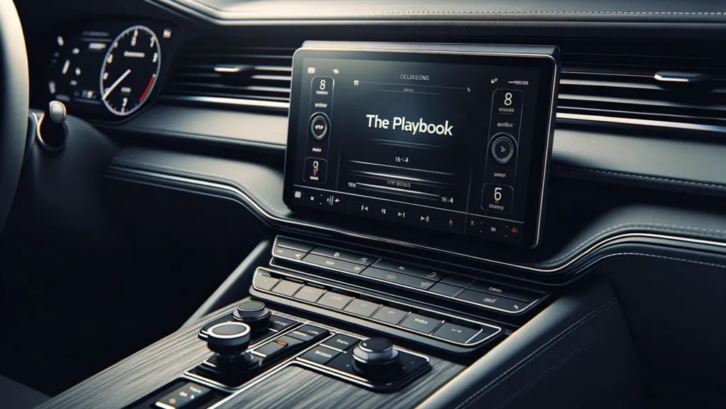
Embracing the benefits
Such opportunity is not exclusive to DAB, which is by far the most popular means of digital terrestrial broadcast across Europe. Both HD Radio in North America and DRM in India and other parts of the world show that digitization can bring benefits to audiences.
The EBU has long recommended its members look to digitize their radio services due to the benefits it can bring to both broadcasters and listeners. Indeed, my forebears at EBU Technology & Innovation were part of the initial work on standards (following the work of the now sadly departed Institut für Rundfunktechnik) and trials of the original Eureka-147 system. This was in anticipation of the advantages it brings: the more efficient use of spectrum (and thus energy, in most circumstances) and its additional functionalities.
Over the years that I have been involved with digital radio, the landscape of user device support has gone through many changes. Back in the mid-2000s, options for listening to DAB (the original MP2-encoded version, and not its more modern DAB+ variant) relied on tabletop radio devices valued in the 100s of euros. Now, I can easily find an equivalent at a fraction of this, and more than 125 million devices have been sold globally, according to industry figures as of 2023.
Most importantly, in Europe DAB has become mainstream in cars. The European Electronic Communications Code, which entered into force in 2018, mandates that any new passenger car from the start of 2021 onwards with a radio should be capable of reception of digital terrestrial radio. The importance of this cannot be overstated, and the EBU was a big part of the lobbying efforts before its adoption.
For many EBU members, the car remains the place where broadcast radio remains strong, despite challenges from a host of new connected technologies.
In 2023, for 61% of European car users, FM/DAB/DAB+ radio was the most used audio source in vehicles. This is 44 percentage points more than for online music services. Other surveys have confirmed that drivers expect to have radio in cars, as a clear majority prefer this over other available sources of audio.
Ironically, the expanding support of digital radio platforms like DAB comes at a time when audiences arguably care less and less about how they listen to radio. It also comes at a time when audiences, particularly younger demographics, are increasingly consuming on-demand audio: either catchup services or podcasts.
A special place
To me, this is a sign of progress. Radio is still appreciated in its different forms and is more than capable of adapting to new audiences and tastes.
By making use of digital broadcast to expand choice, it finds ways of better serving its existing audiences and finding new ones. Broadcasters adopting a “digital-first” strategy can find great synergies with brands across their live broadcast offer and on-demand channel, expanding beyond pure audio into social media and video.
The focus for broadcasters then becomes more of prominence. For example, in the car we shouldn’t be talking about FM versus DAB versus IP, we should be talking about having a clear and present button or option that is marked “RADIO.” Radio has had, and must continue to have, a special place in the world of listeners above considerations of any particular distribution platform.
I’m very pleased to say that the EBU and its members are still providing leadership in this area, alongside the wider radio industry.
One way we are doing this is with our “Connected Car Playbook” initiative, whose goal is to give a voice to broadcasters’ own requirements for the user experience of radio. Regardless of whether the eventual distribution is FM, DAB, IP or any other means, radio should be prominent and easy to use.
This initiative is for the global industry, not just public broadcasters in Europe. It reflects that, regardless of the means of distribution — analog or digital, broadcast or unicast — radio is something that listeners young and old continue to seek and value, and it deserves to have a prominent place.
